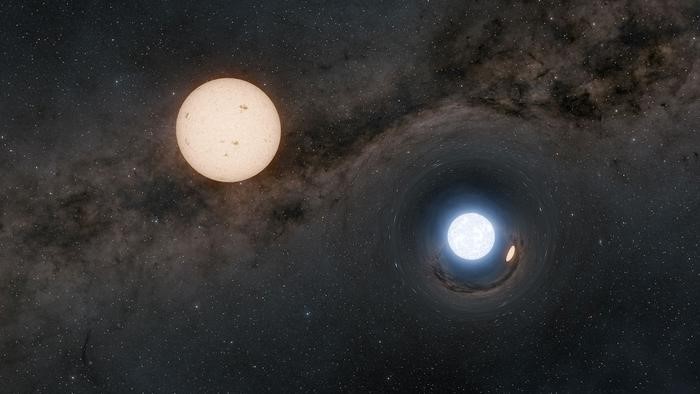NASA has shared a stunning image of Saturn’s moon Dione, which appears as a tiny ball compared to the ringed gas giant during a transit. The space agency said the image was captured from a distance of about 2.3 million kilometres, and probably that’s why the moon appears even smaller than its actual size. Scientists say transits play a vital role in understanding the relationship between the planet and its moons. When the Moon passes between the Earth and the Sun, during transit, it leads to the solar eclipse.
Giovanni Cassini discovered Dione in 1684. It is a small moon of just 562km in mean radius, about one-third of our Moon. Dione orbits Saturn every 2.7 days at a distance of 377,400km, roughly the same distance that the Moon orbits around the Earth. Scientists believe that Dione is mainly made up of ice. At Dione’s average temperature of -186 degrees Celsius, ice is very hard and behaves like rocks.
NASA said that this image of the “unilluminated side” of Saturn’s rings and its moon was captured in May 2015 by its Cassini spacecraft, which served for 20 years in space. When it exhausted its fuel, scientists decided to send it on its daring final mission to protect another Saturn moon, Enceladus, which may have conditions favourable for life. Cassini dove into Saturn’s atmosphere in September 2017.
The spacecraft had two elements — the Cassini orbiter and the Huygens probe. A joint endeavour of NASA, the European Space Agency, and the Italian Space Agency, Cassini was a complex mission to study Saturn and its complex system of rings and moons in unprecedented detail.
NASA states that Saturn has 82 moons. Out of then, 53 have been confirmed and named, while the other 29 are awaiting confirmation. The biggest of these moons is called Titan.






